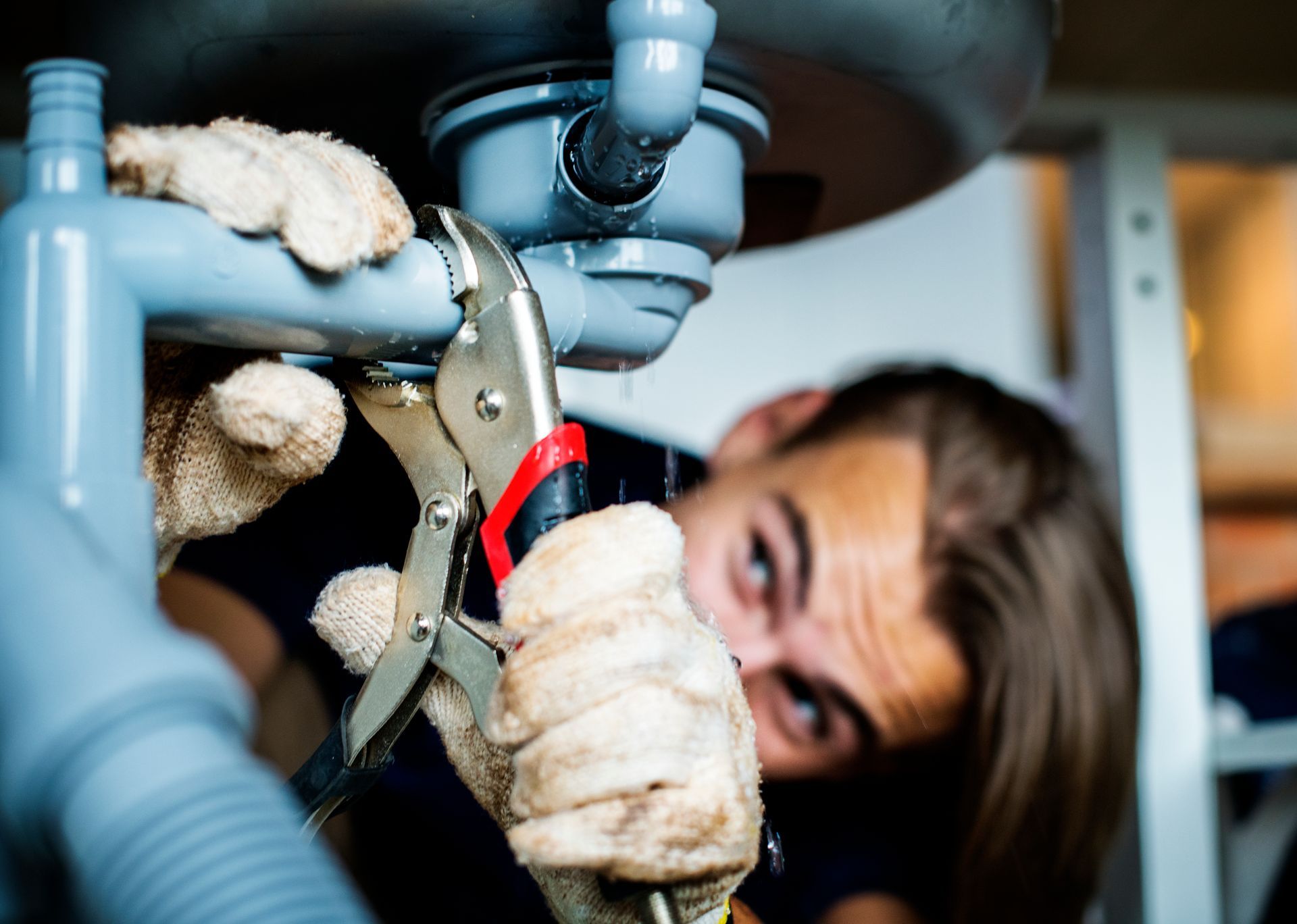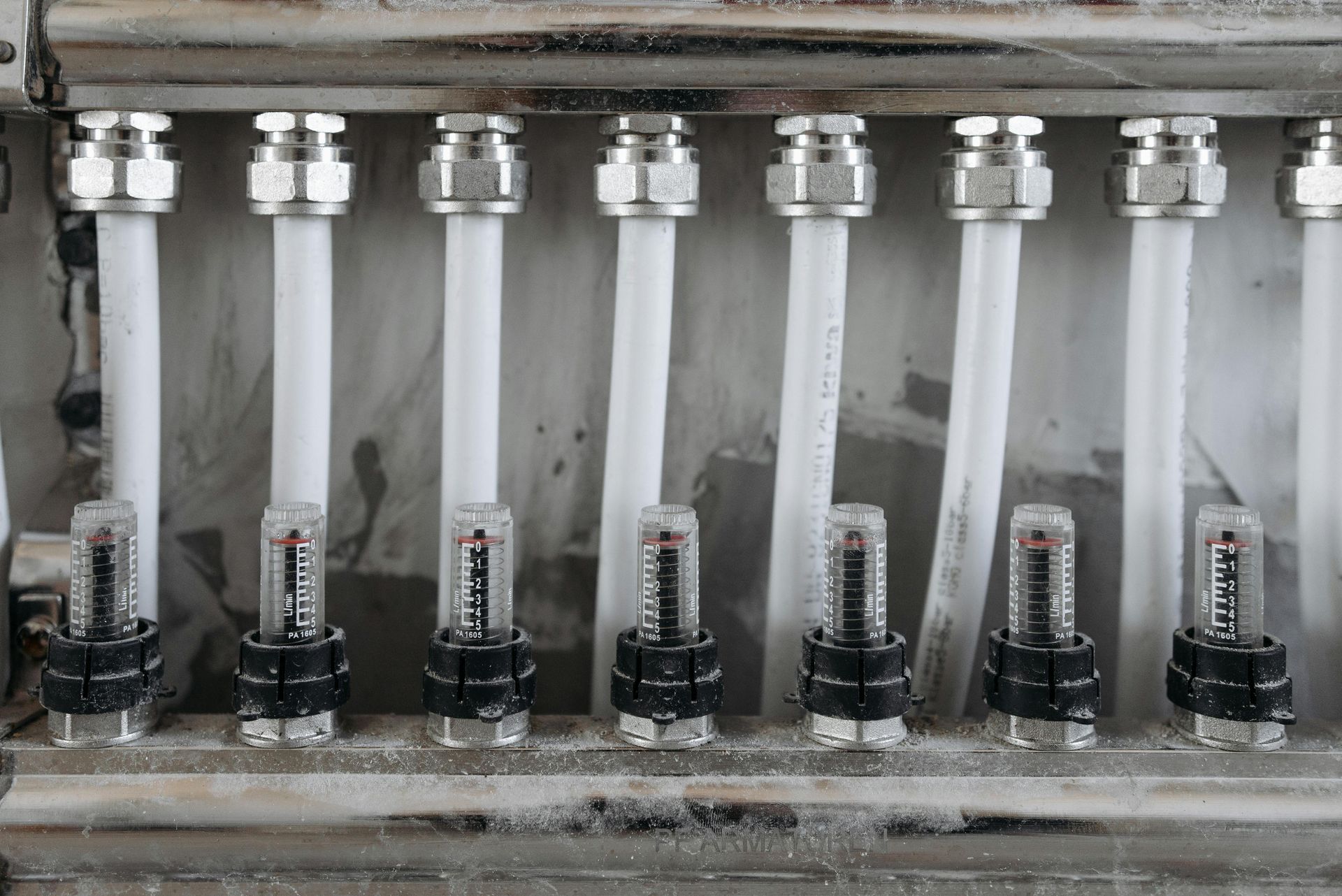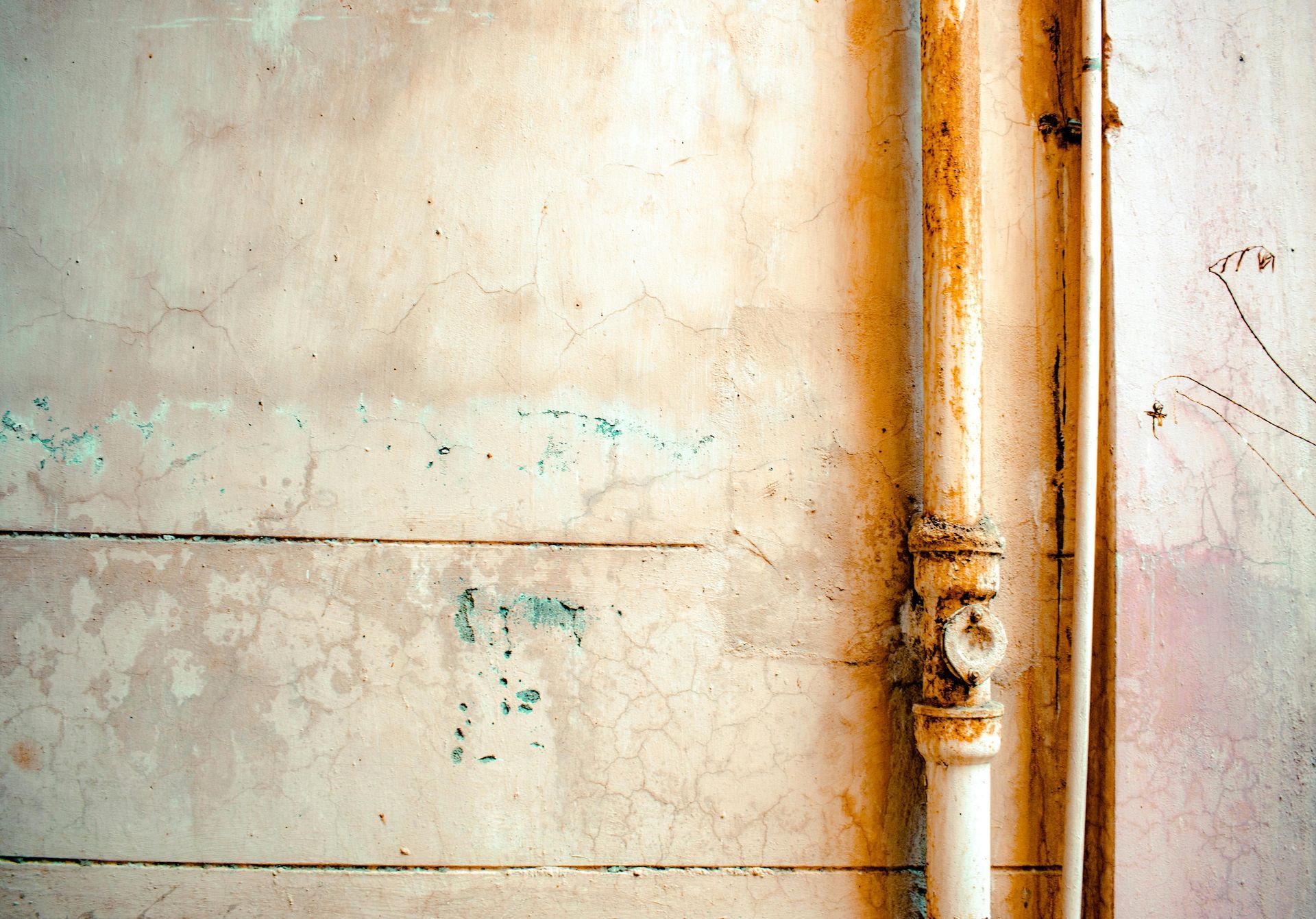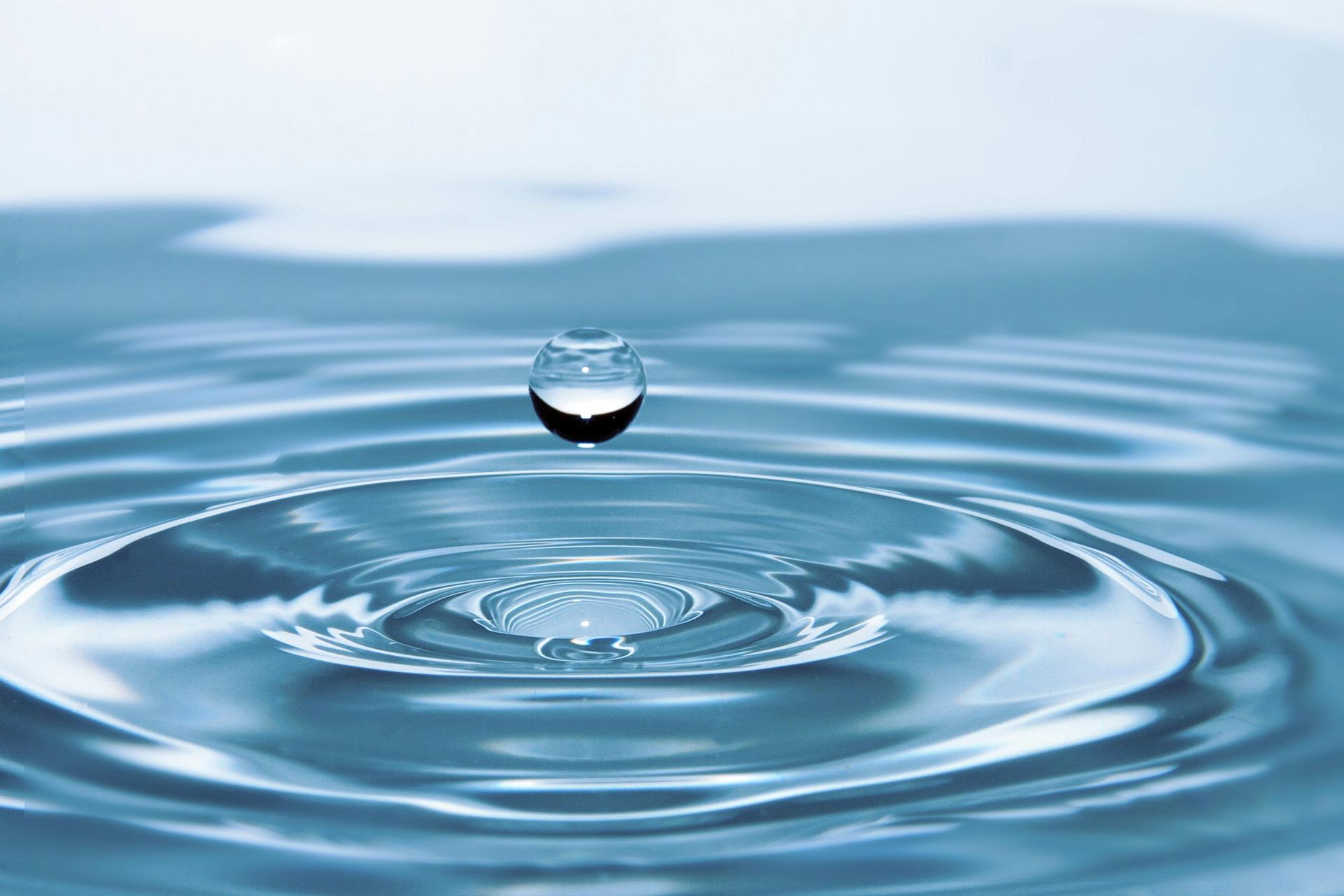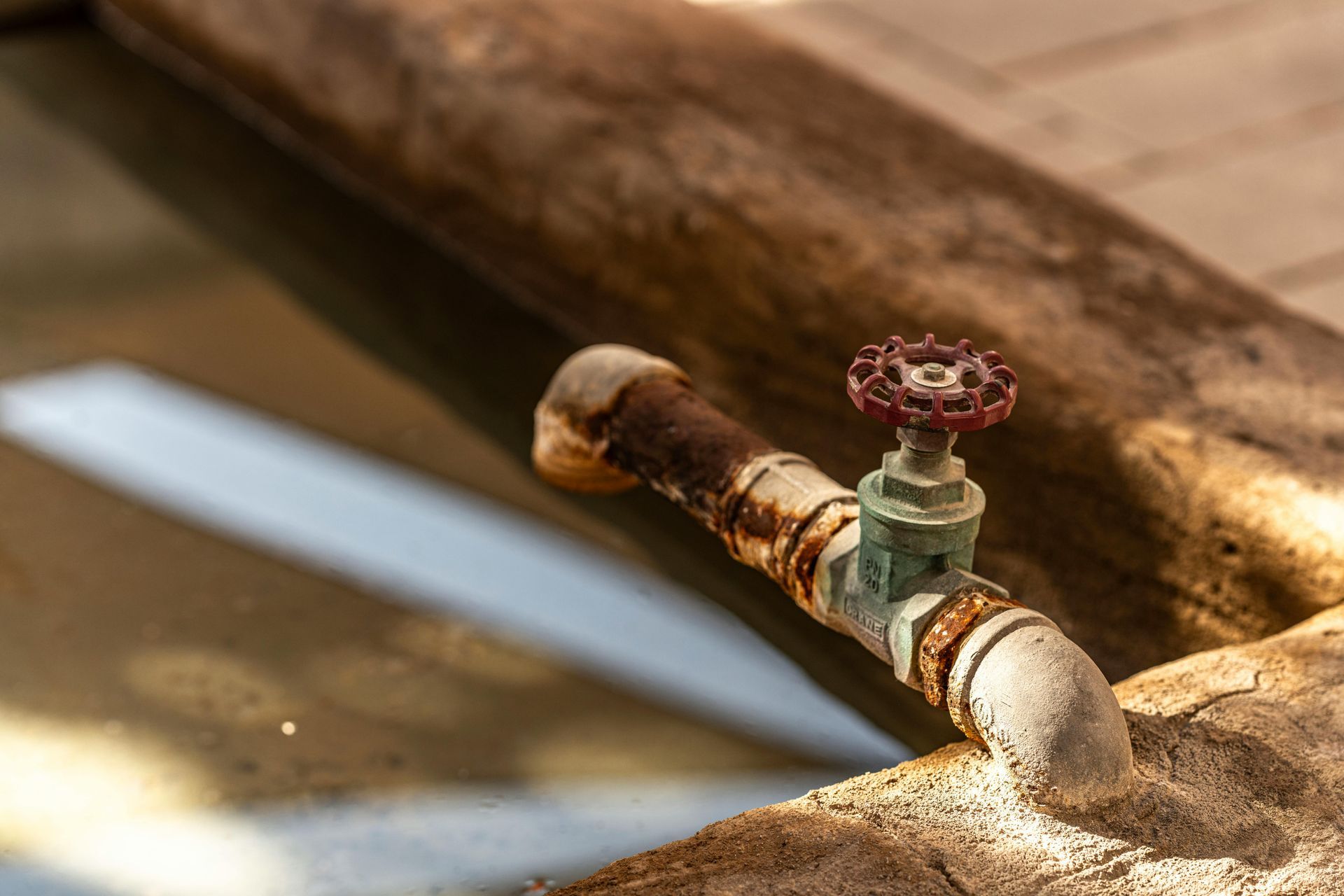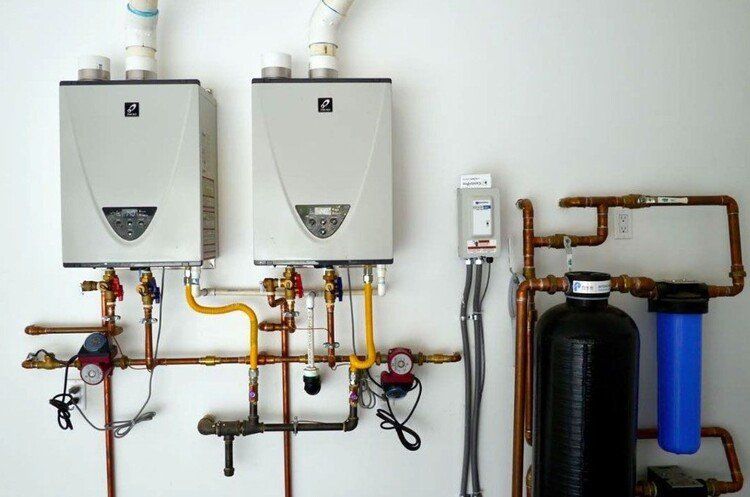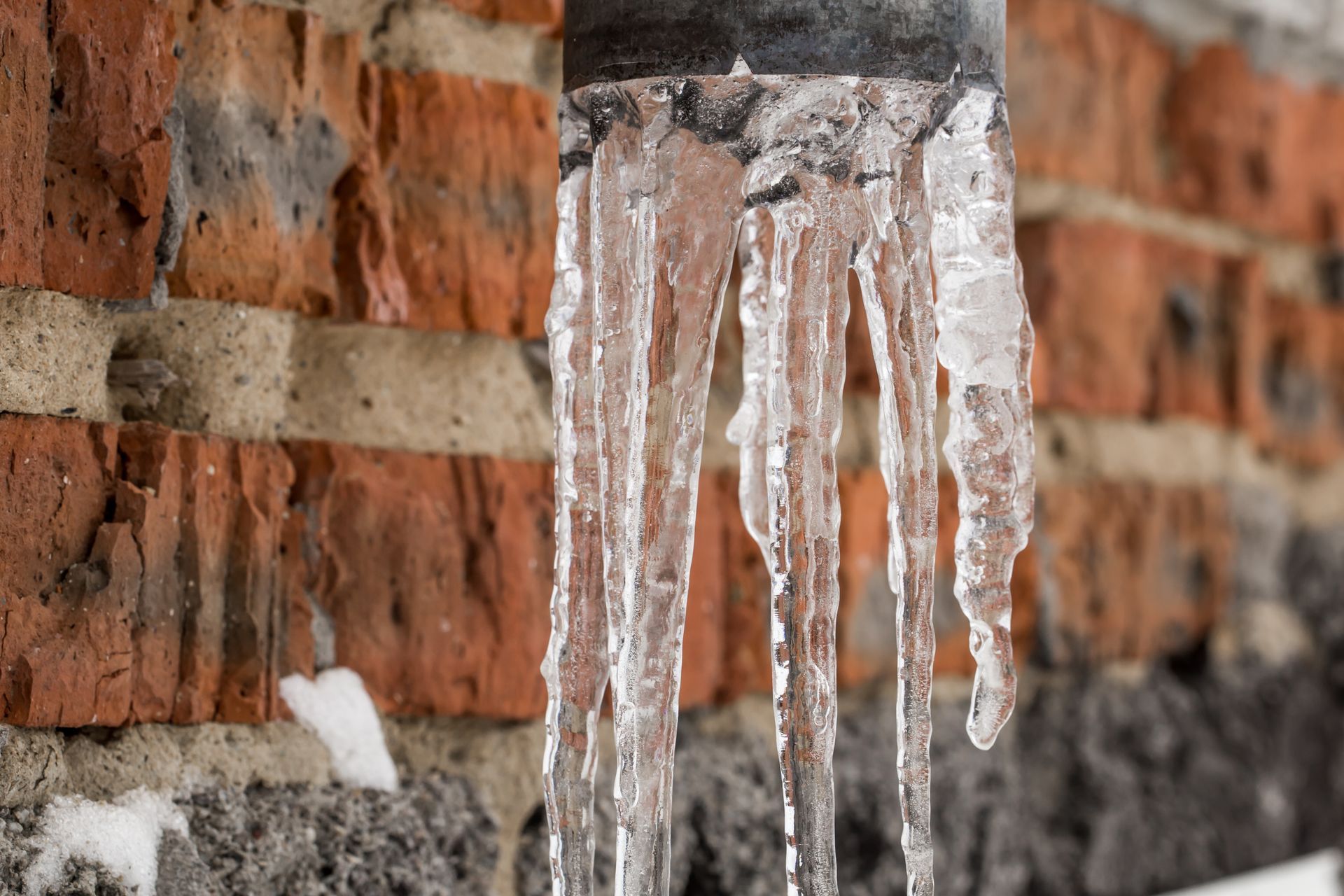What Is Electrolysis and Why Is It a Threat to Copper Water Pipes?
Electrolysis is a chemical process driven by an external stray direct electric current (DC) that can cause serious corrosion in copper water pipes, ultimately threatening the integrity and safety of a home’s plumbing system. Although copper is a widely used and durable material for waterlines, it can suffer from this insidious form of deterioration under certain electrical and environmental conditions. Licensed plumbers like those at All City Plumbers encounter electrolysis issues that require expert diagnosis and intervention, often involving waterline repair and replacement to restore plumbing functionality. This article presents an in-depth exploration of what electrolysis is, how it affects copper pipes, why it poses a threat, and how professionals mitigate this problem—including how it ties into everyday plumbing concerns such as how to fix a slow draining dishwasher that may arise from deteriorated pipes or associated blockages.
Understanding Electrolysis: The Chemical and Electrical Process
Electrolysis, in the context of plumbing, is best understood as an electrolytic corrosion driven by stray DC electric currents traveling through copper piping systems. This external current can come from nearby electrical faults, improper grounding, or stray currents introduced by household or industrial electrical devices. When this current passes through copper pipes submerged in water (which acts as an electrolyte), it induces a chemical reaction that leads to the breakdown and corrosion of the pipe’s metal surface.
Unlike ordinary corrosion due to oxidation or chemical exposure alone, electrolysis accelerates damage by causing the copper to deteriorate unevenly, forming pitted holes and craters on the inner walls of pipes. Over time, these weak spots develop leaks, reducing water quality and pressure, and threatening the safety of the plumbing system. This phenomenon is sometimes referred to as copper rot or galvanic action and is exacerbated when dissimilar metals (such as galvanized steel or brass) come into contact with copper pipes, creating galvanic cells that further increase corrosion rates.
Causes of Electrolysis in Copper Water Pipes
The primary cause of electrolysis is the presence of stray DC electrical currents passing through copper waterlines. These currents can originate from various sources including electrical faults, poorly insulated wiring, or grounding practices, and even from the increasing proliferation of modern electronic appliances that emit stray currents—hairdryers and other devices are minor examples.
The condition is worsened when copper pipes are in contact with other metals like galvanized steel, brass, or cast iron without proper dielectric connections, creating dissimilar metal reactions. Environmental factors such as saltwater exposure, acidic soil, stagnant or low-oxygen water with high bacterial content can intensify the corrosive process.
Homes near ocean areas or with aging plumbing systems are particularly susceptible, as salt and moisture increase the conductivity of the surrounding environment and accelerate electrolysis. Stagnant water systems or inactive plumbing lines can also promote bacterial growth and low oxygen levels that facilitate copper corrosion.
Signs and Symptoms of Electrolysis Damage
Unlike some plumbing issues that are detected by noticeable leaks or fixture malfunctions, electrolysis can progress unnoticed until significant damage occurs. Common early indicators include greenish discoloration on copper pipes, which signals corrosion, as well as visible pitting or thinning of the pipe walls upon inspection. Internally, pipes affected by electrolysis exhibit crater-like corrosion patterns and may develop pinhole leaks.
Homeowners may experience unexpected water pressure drops or water discoloration originating from copper particles released by corroded pipes. In some cases, strange odors or metallic tastes in the water might be present.
Professionals, such as those at All City Plumbers, use specialized inspection tools to detect electrolysis-related damage early. Left unaddressed, this damage can lead to emergency waterline failure requiring urgent waterline repair and replacement, often at considerable expense and inconvenience.
Why Electrolysis Is a Serious Threat to Copper Water Pipes
Electrolysis can rapidly compromise the mechanical integrity of copper pipes, leading to leaks, ruptures, and water damage that undermines building structures. The corrosion also contaminates water with elevated copper levels, which can be harmful to health, triggering potential toxicity at concentrations above regulatory limits.
Unlike simple wear and tear, electrolysis-driven corrosion typically targets localized areas, intensifying the risk of sudden pipe failure. The process is self-perpetuating; once a pipe begins to corrode due to stray electrical currents, the damaged section can accelerate further electrochemical degradation, compromising connected plumbing components.
Furthermore, the complexity of electrolysis means that superficial repairs often fail if the root cause—the stray current or dissimilar metal contact—is not identified and resolved. This necessitates skilled professional intervention and reliance on essential plumbing tools and diagnostic equipment to locate faults and plan effective waterline repair and replacement strategies.
How Professionals Address Electrolysis Issues
Licensed plumbers like All City Plumbers take a systematic approach to diagnosing and fixing electrolysis problems. Initial steps involve electrical inspections and coordination with electricians to identify stray current sources and correct faulty grounding or wiring that may be contributing to the issue.
In plumbing, strategies include isolating copper pipes from dissimilar metals by installing dielectric unions or protective plastic sleeves around pipes to prevent metal-to-metal contact and interrupt electrical pathways. Where electrolysis damage is severe, partial or full waterline replacement with corrosion-resistant materials like PEX or CPVC is advised.
Preventative measures focus on maintaining appropriate grounding systems and avoiding electrical bonding methods that allow stray DC currents to flow through plumbing lines. Homeowners are encouraged to routinely inspect plumbing installations, especially if older copper pipes and mixed metal systems are present. Problems like fix a slow draining dishwasher could be exacerbated by compromised pipe integrity or corrosion-related debris from electrolysis.
Conclusion: Protecting Your Plumbing from Electrolysis
Electrolysis poses a significant threat to the longevity and safety of copper water pipes. Resulting from stray electrical currents and galvanic corrosion, this phenomenon can lead to rapid pipe deterioration, leaks, and water contamination. Homeowners and professionals alike must prioritize identifying potential causes, such as improper electrical grounding and dissimilar metal contacts, and take preventive action.
Companies like All City Plumbers deliver expert diagnosis, combining plumbing and electrical expertise, and use essential plumbing tools to plan and execute effective waterline repair and replacement solutions. Early detection and intervention protect not only the plumbing infrastructure but also the health and safety of the household.
Understanding electrolysis and its risks empowers homeowners to maintain robust, leak-free plumbing systems and avoid costly emergency repairs. Whether you are troubleshooting common plumbing nuisances like how to fix a slow draining dishwasher or addressing more severe pipe corrosion, professional help ensures durable, code-compliant solutions.

